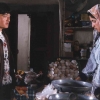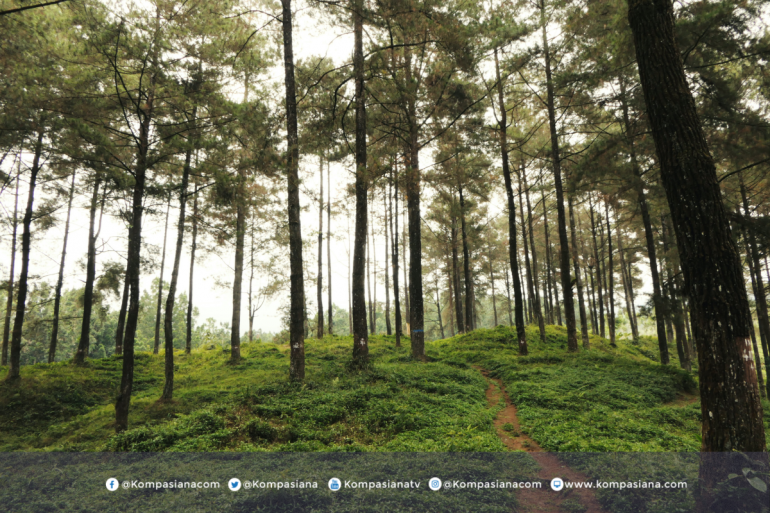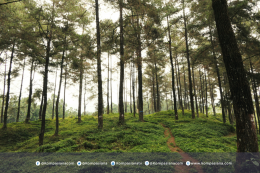Nguyen, T., Tat, T., Harper, R., Pham, T., Linh, T., Le, T., ... & Giap, N. (2020). Soil health impacts of rubber farming: the implication of conversion of degraded natural forests into monoculture plantations. Agriculture, 10(8), 357. https://doi.org/10.3390/agriculture10080357
Panja, K., Krishnaiah, Y., Chakma, A., Mallick, M., Rai, D., Hati, M., ... & Das, D. (2023). Impact of rubber plantation growth on LULC changes in Eastern-Himalayan region of West Tripura district using geospatial approach. International Journal of Ecology and Environmental Sciences, 49(5). https://doi.org/10.55863/ijees.2023.2852
Rahaman, M., Gurung, D., & Pitol, M. (2020). Comparative study of understory between exotic monoculture plantation (acacia sp.) and adjacent natural sal (Shorea robusta) forest. European Journal of Agriculture and Food Sciences, 2(6). https://doi.org/10.24018/ejfood.2020.2.6.204
Rambe, R., Dalimunthe, M., Syamsafitri, S., Gunawan, I., Nuh, M., & Nurhayati, N. (2023). Differences in rubber plant production in swamp and land in North Sumatra. Jurnal Penelitian Pendidikan IPA, 9(3), 1494-1502. https://doi.org/10.29303/jppipa.v9i3.3348
Siswo, S., Yun, C., Kim, H., Lee, J., Atmoko, B., & Brahmantya, L. (2022). Assessing herb layer composition under jungle rubber in sungai Manau forest, Jambi, Indonesia: indicator species and tree regeneration potential. Biodiversitas Journal of Biological Diversity, 23(10). https://doi.org/10.13057/biodiv/d231034
Sari, I., Weston, C., Newnham, G., & Volkova, L. (2021). Developing multi-source indices to discriminate between native tropical forests, oil palm and rubber plantations in Indonesia. Remote Sensing, 14(1), 3. https://doi.org/10.3390/rs14010003
Umeobi, E., Ezeaku, P., Umeugokwe, C., & V.I., E. (2021). Influence of land use on soil physiochemical properties in semi-humid Nsukka area of Southeastern Nigeria. NJSS, 6-17. https://doi.org/10.36265/njss.2020.310302
Xian, Y., Li, J., Zhang, Y., Shen, Y., Wang, X., Huang, J., ... & Sui, P. (2024). Determining suitable sampling times for soil CO2 and N2O emissions helps to accurately evaluate the ability of rubber-based agroforestry systems to cope with climate stress. Forests, 15(6), 950. https://doi.org/10.3390/f15060950
Follow Instagram @kompasianacom juga Tiktok @kompasiana biar nggak ketinggalan event seru komunitas dan tips dapat cuan dari Kompasiana. Baca juga cerita inspiratif langsung dari smartphone kamu dengan bergabung di WhatsApp Channel Kompasiana di SINI







